
Now here’s a pair of VR glasses that don’t look like a toaster mounted on your face. Styled to resemble a wonderful pair of steampunk-style aviators, Panasonic has done for the VR headset industry what the Snap spectacles did for Google Glass (remember that?)
With an undeniably better form factor, and better image quality too, Panasonic’s VR glasses are classier and well, ‘glassier’ (as opposed to the massive ski-goggles that most VR headsets look like). Fitted with micro-OLED panels on the inside, the VR glasses can afford to be made smaller and have much better clarity too. In fact, unlike most VR headsets, you almost don’t notice the pixels in Panasonic’s product, allowing your VR world to be much more immersive because of its higher resolution. Panasonic also claims that they’re the first-ever VR glasses to support HDR, or a high dynamic range, allowing colors, saturation, brightness and contrast to all be incredibly lifelike. The glasses (they’re obviously not headsets) also come fitted with Panasonic’s own audio technology, using Technics drivers in those tiny earbuds to provide crystal clear audio.
As amazing as they look, Panasonic doesn’t plan on selling these to consumers (sad-face). They’re hoping that these glasses will see mostly commercial applications like VR sports and travel, but only once 5G networks are rolled out to be able to support high data-transfer speeds, especially given how high-resolution the video on these glasses are. I hope Panasonic changes their mind though. I’d definitely see myself lining up to own a pair of these beauts.
Designer: Panasonic





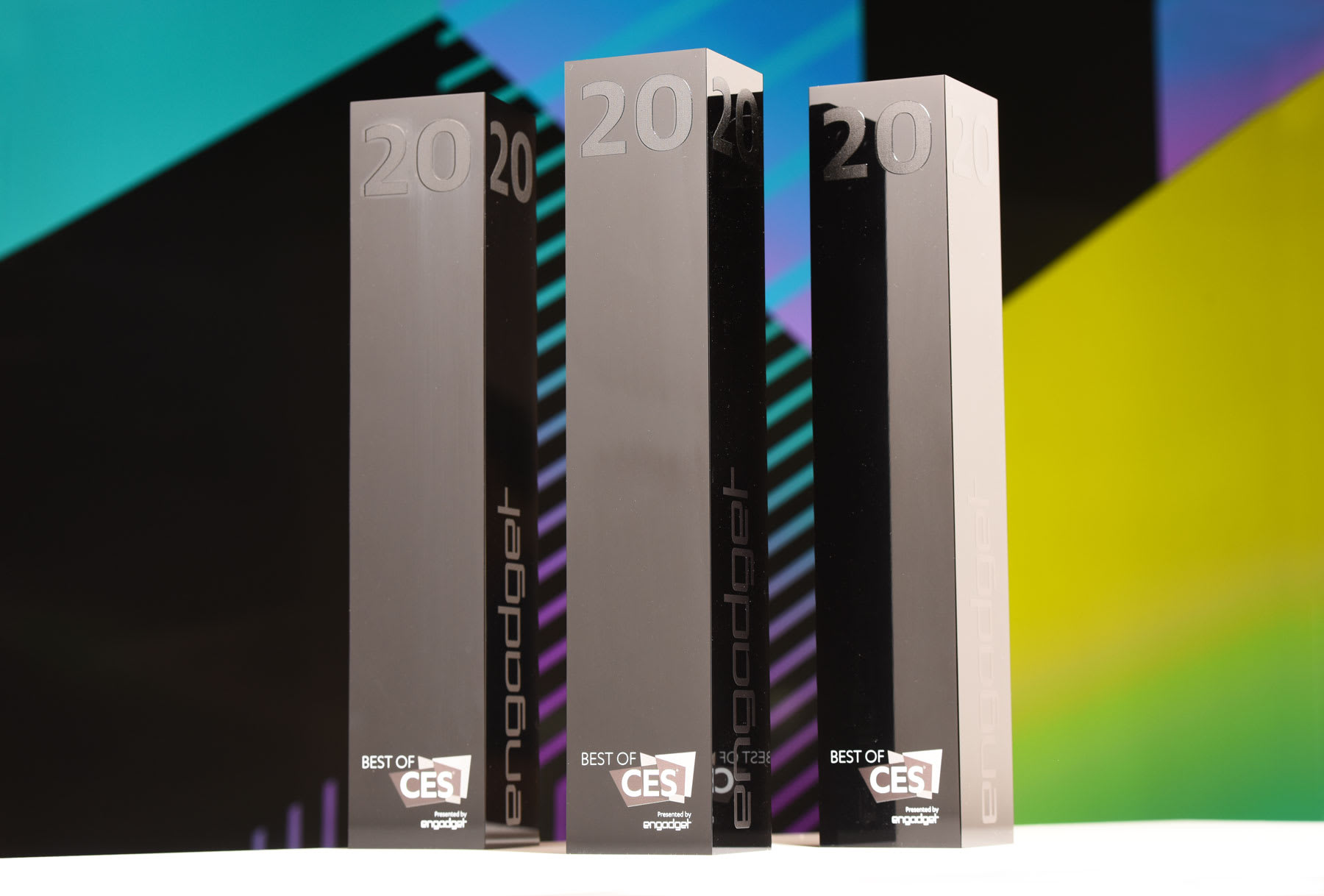 We came, we saw, we got hands on. By Thursday, January 9th, CES 2020 will be winding down and Team Engadget will getting ready to pack up and go home. But before we do, we need to unveil to the world the winners in the official Best of CES Awards, wh...
We came, we saw, we got hands on. By Thursday, January 9th, CES 2020 will be winding down and Team Engadget will getting ready to pack up and go home. But before we do, we need to unveil to the world the winners in the official Best of CES Awards, wh...
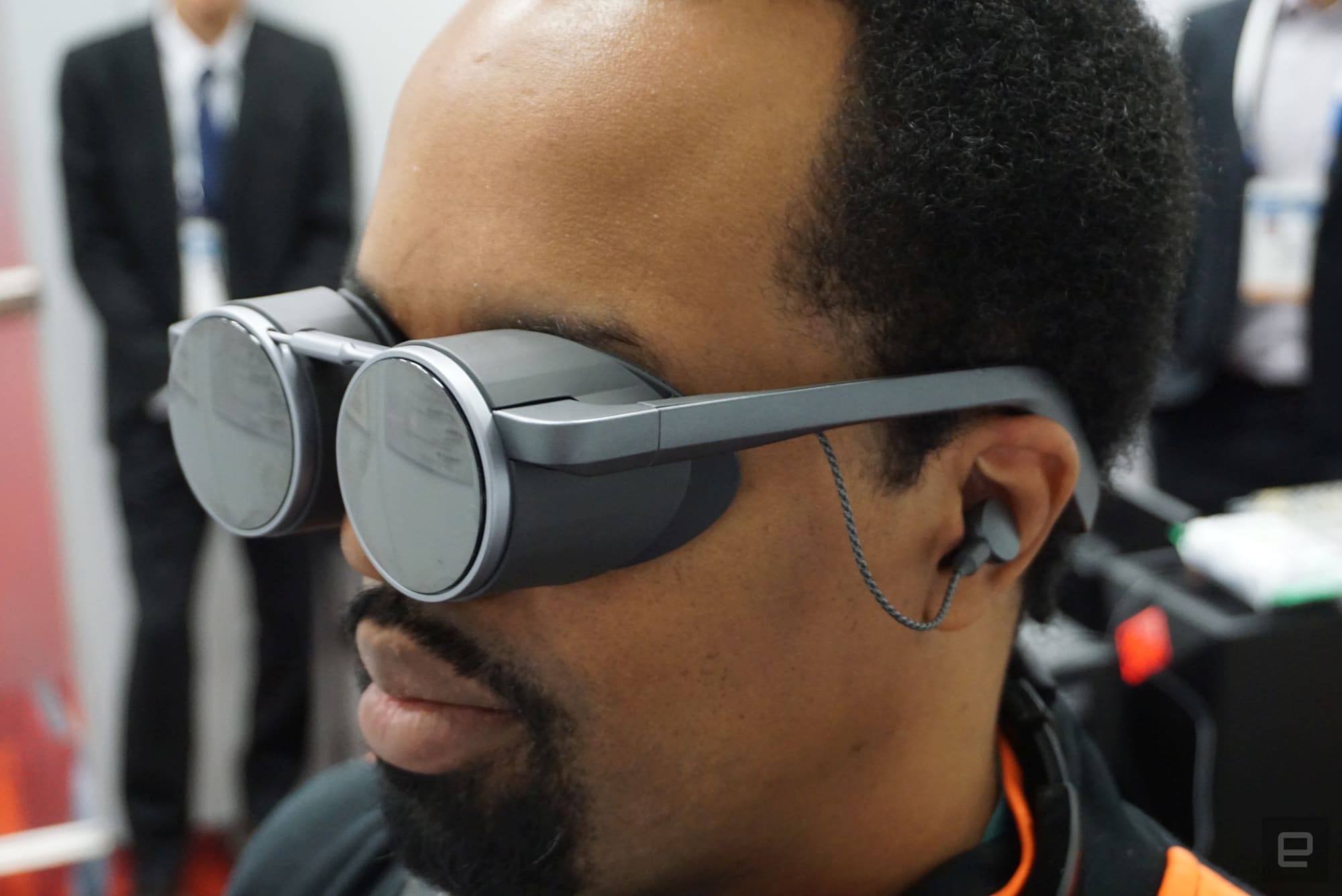 2020 will be a key year for the future of virtual reality, and if things really take off then we should see a lot more stylish headsets like these goggles from Panasonic. The company says that these are the first VR glasses to support HDR video, and...
2020 will be a key year for the future of virtual reality, and if things really take off then we should see a lot more stylish headsets like these goggles from Panasonic. The company says that these are the first VR glasses to support HDR video, and...
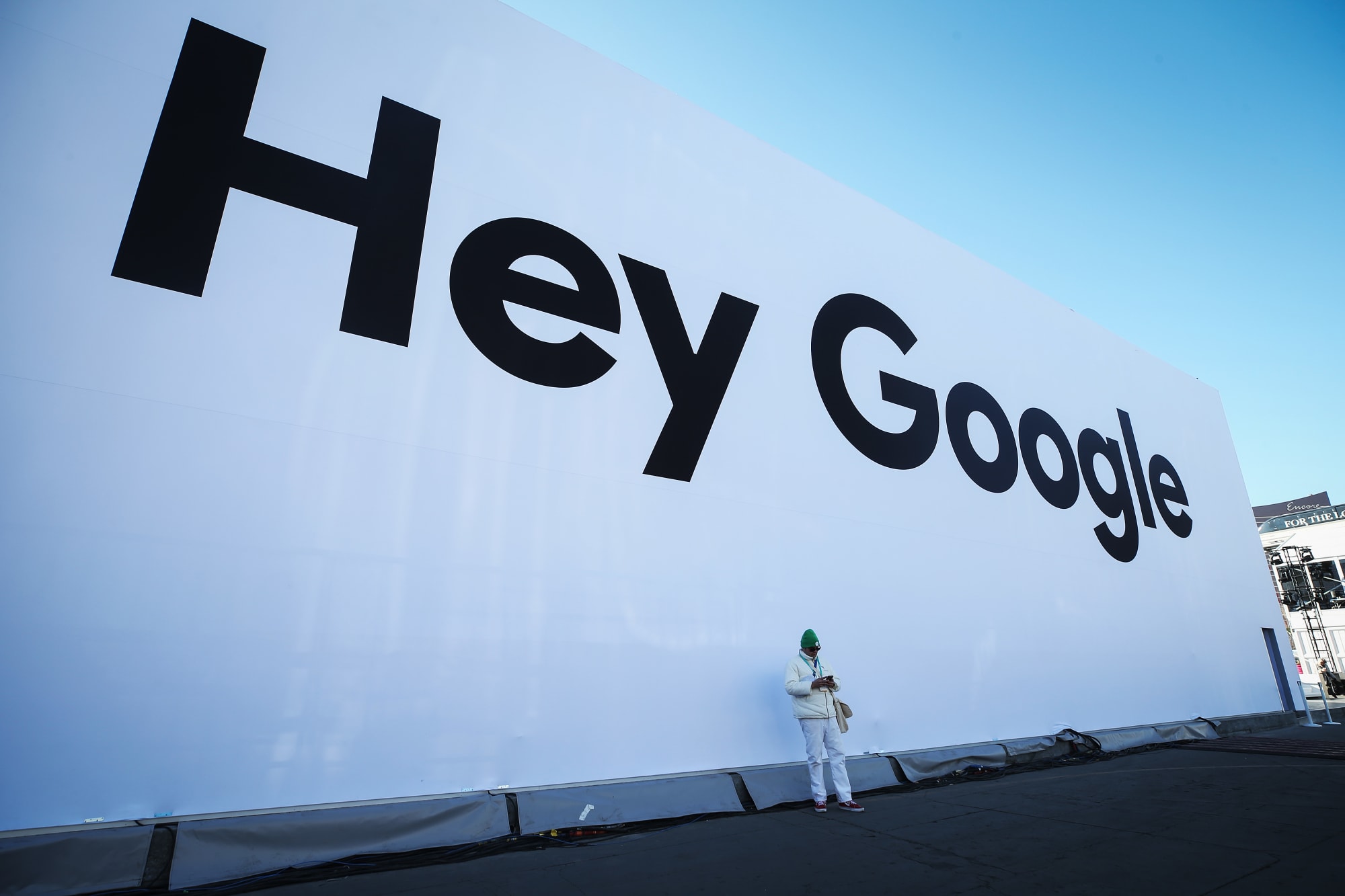 For the third year in a row, Google has a giant booth at CES, right in the lot outside the Las Vegas Convention Center. As before, it's all about the Google Assistant, complete with an interactive experience that shows you all the ways Google's A...
For the third year in a row, Google has a giant booth at CES, right in the lot outside the Las Vegas Convention Center. As before, it's all about the Google Assistant, complete with an interactive experience that shows you all the ways Google's A...
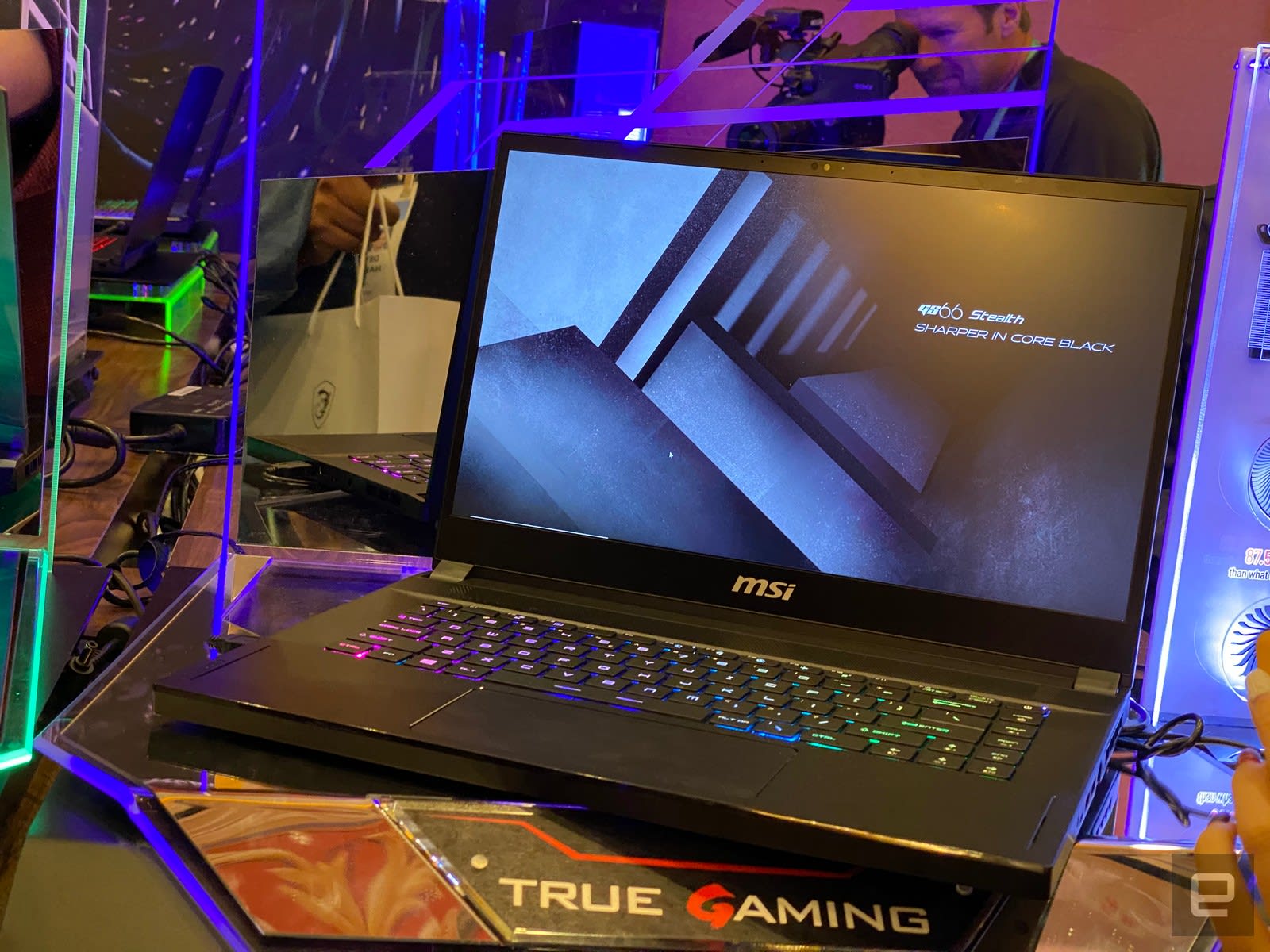 With the GS65 Stealth Thin, MSI delivered one of the most attractive gaming ultraportables we've ever seen. But with the follow-up GS66, it's going for a more subdued look. The new model features a matte black case and no prominent lights (aside...
With the GS65 Stealth Thin, MSI delivered one of the most attractive gaming ultraportables we've ever seen. But with the follow-up GS66, it's going for a more subdued look. The new model features a matte black case and no prominent lights (aside...
 I know I'm not tall enough to dunk in real life, but I never thought I'd be too short to pull off the move in NBA Jam. That is, until Arcade1Up brought a 16-foot NBA Jam arcade cabinet to CES 2020 and proved me dead wrong.
I know I'm not tall enough to dunk in real life, but I never thought I'd be too short to pull off the move in NBA Jam. That is, until Arcade1Up brought a 16-foot NBA Jam arcade cabinet to CES 2020 and proved me dead wrong.
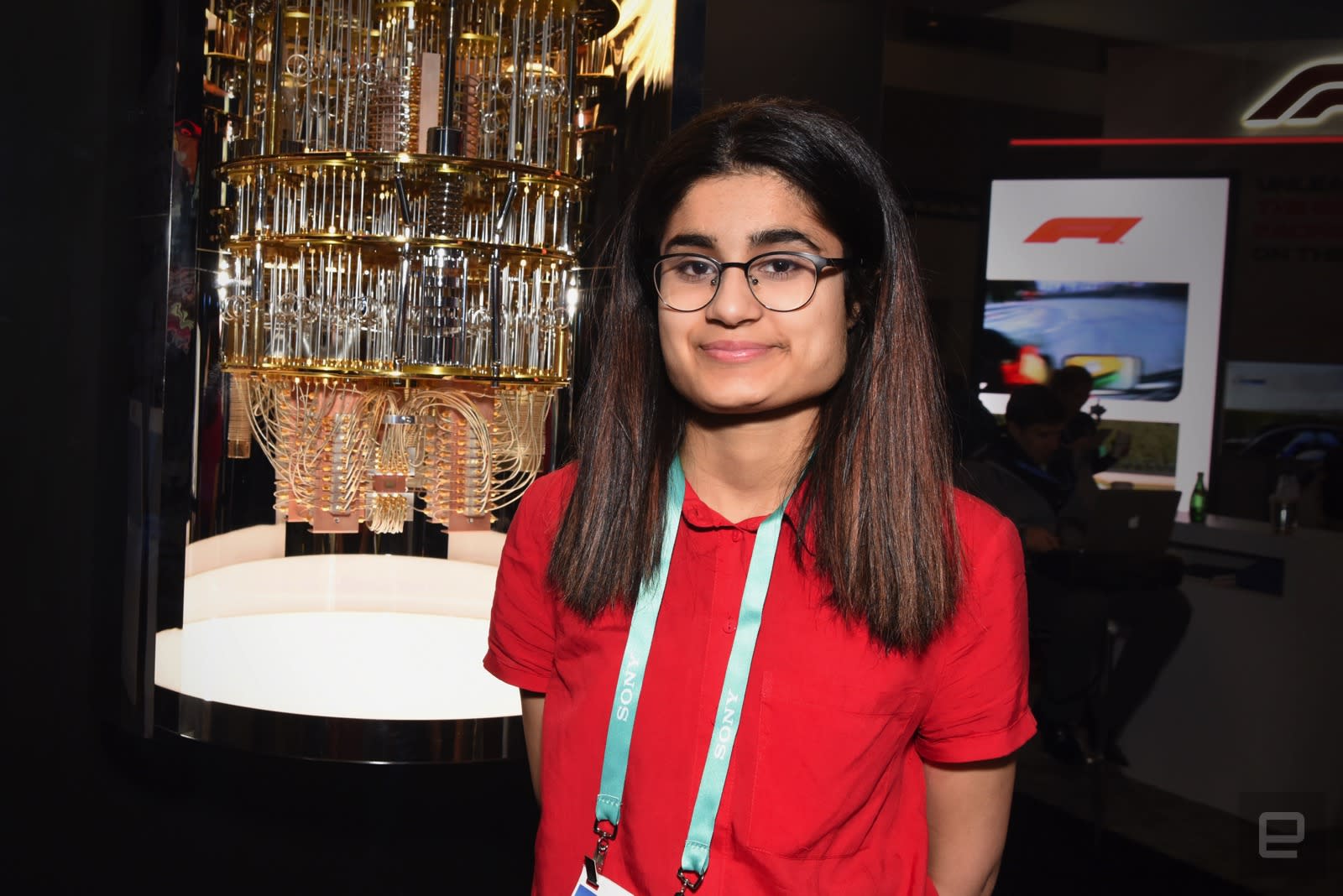 It's not that Alishba Imran isn't impressed by her tour of Zappos HQ, the Disneyland of corporate campuses, with its "Zapponians" who earn "Zollars" and play "Zing Zong" on breaks. But she might not see herself working at a big corporation like this....
It's not that Alishba Imran isn't impressed by her tour of Zappos HQ, the Disneyland of corporate campuses, with its "Zapponians" who earn "Zollars" and play "Zing Zong" on breaks. But she might not see herself working at a big corporation like this....



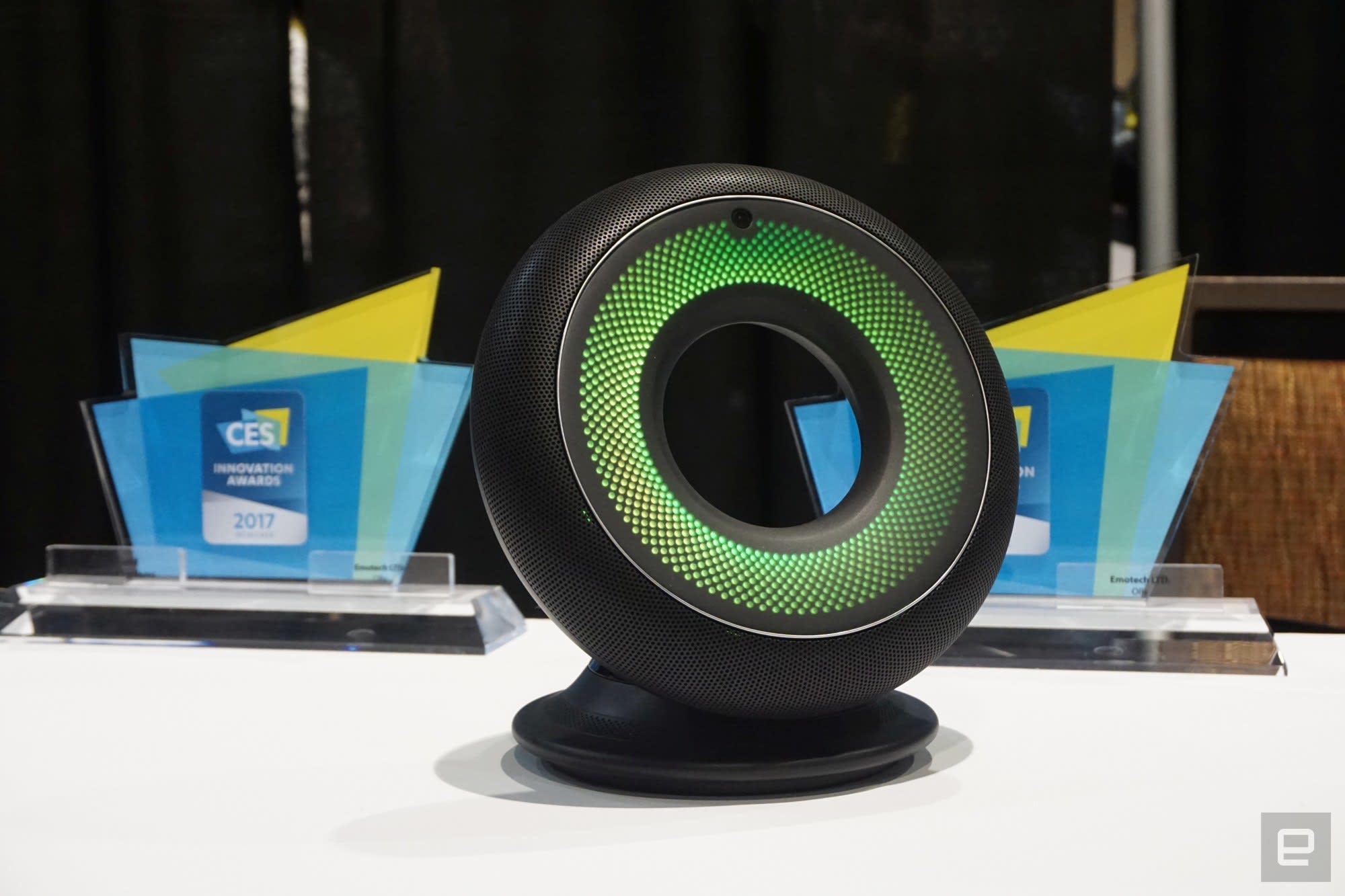 A few years back, CES attendees went mad for Olly, a doughnut-shaped speaker with a voice assistant that adapted to your personality. It was a refreshing change to the seemingly infinite hardware packing Alexa and Google Assistant, and visitors were...
A few years back, CES attendees went mad for Olly, a doughnut-shaped speaker with a voice assistant that adapted to your personality. It was a refreshing change to the seemingly infinite hardware packing Alexa and Google Assistant, and visitors were...
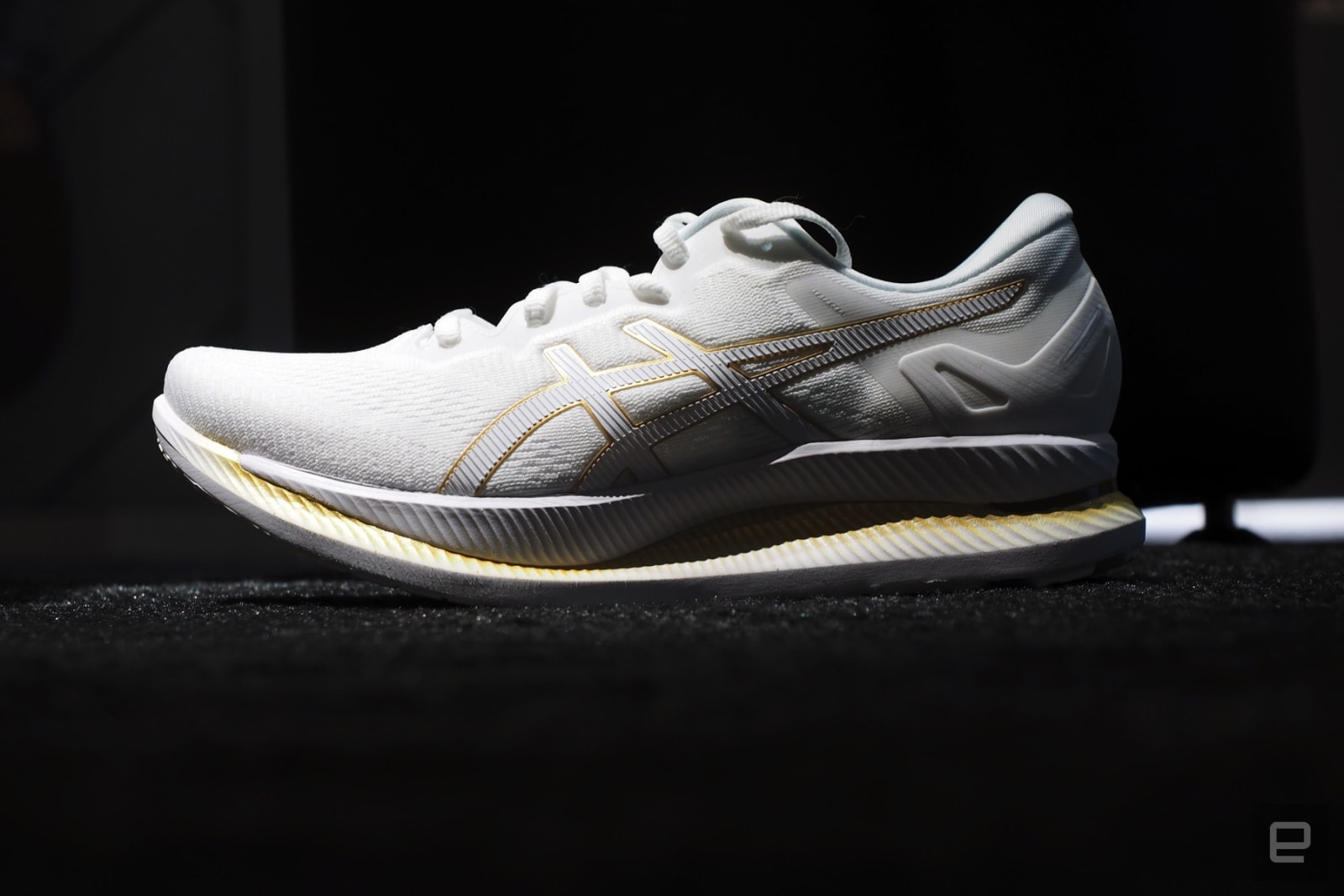 Japanese footwear brand Asics turned up at CES 2020 this year with a "prototype" of its first smart running shoe. The as-yet unnamed model harnesses technology made in partnership with Japanese sensor company No New Folk. Or, at least, it showed up w...
Japanese footwear brand Asics turned up at CES 2020 this year with a "prototype" of its first smart running shoe. The as-yet unnamed model harnesses technology made in partnership with Japanese sensor company No New Folk. Or, at least, it showed up w...